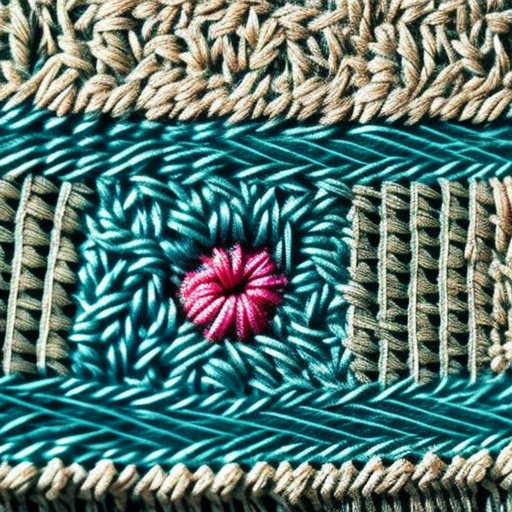sewing-strong-stitches.jpg” alt=””>
Whether you’re a seasoned seamstress or just starting to explore the world of sewing, mastering the art of creating strong stitches is essential. The quality of your stitches can greatly impact the durability and longevity of your projects, so it’s crucial to pay attention to this important skill.
Here are some key tips to help you sew strong stitches:
- Choose the right needle and thread: Selecting the appropriate needle and thread for your fabric is crucial. For lightweight fabrics, use a thinner needle and thread, while heavier fabrics require thicker ones. Ensure the needle is sharp and in good condition.
- Maintain proper tension: Correct tension ensures that the stitches are balanced and neither too loose nor too tight. Adjust the tension according to your sewing machine’s guidelines and test on a scrap fabric before starting your project.
- Practice consistent stitch length: Consistency in stitch length helps to achieve even stitches. Experiment with different stitch lengths on scrap fabrics to find the most suitable one for your project.
- Backstitch at the beginning and end: To secure your stitches, always backstitch at the beginning and end of each seam. This prevents the stitches from unraveling over time.
- Use the right sewing machine settings: Familiarize yourself with your sewing machine’s settings, including stitch type and width. Understanding these settings will help you select the appropriate options for your specific project.
Sewing strong stitches not only improves the overall appearance of your projects but also enhances their functionality. Weak stitches can lead to unraveling seams and ultimately cause your creations to fall apart. By following the tips mentioned above and practicing regularly, you will enhance your sewing skills and create sturdy and long-lasting pieces.





